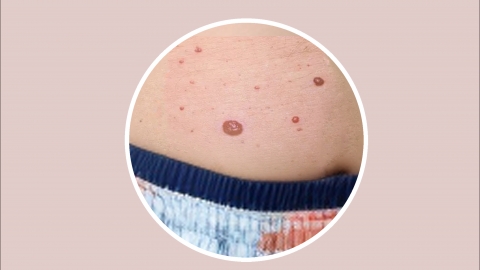What is hemangioma?
Generally, hemangioma is a common benign vascular lesion, usually formed due to abnormal proliferation of vascular endothelial cells. It frequently occurs in infants and young children and typically does not seriously affect health. Some cases may spontaneously regress over time. A detailed analysis is as follows:

From the perspective of pathogenesis, hemangioma development is associated with abnormal differentiation of vascular tissues during embryonic development and excessive proliferation of vascular endothelial cells. It can occur in various sites including skin, mucous membranes, and internal organs. Common types, classified by morphology and growth characteristics, include strawberry (or capillary) hemangioma and cavernous hemangioma, most of which appear at birth or shortly thereafter. The majority of hemangiomas grow slowly, cause no significant discomfort, and some strawberry hemangiomas in infants may spontaneously regress by ages 5 to 7, requiring no specific treatment. However, a minority of hemangiomas may interfere with appearance or function due to their location or rapid growth, necessitating interventions such as medication, laser therapy, or surgery.
In daily life, it is important to monitor changes in hemangiomas and avoid friction or trauma. Any abnormal growth should be promptly evaluated and managed accordingly.








